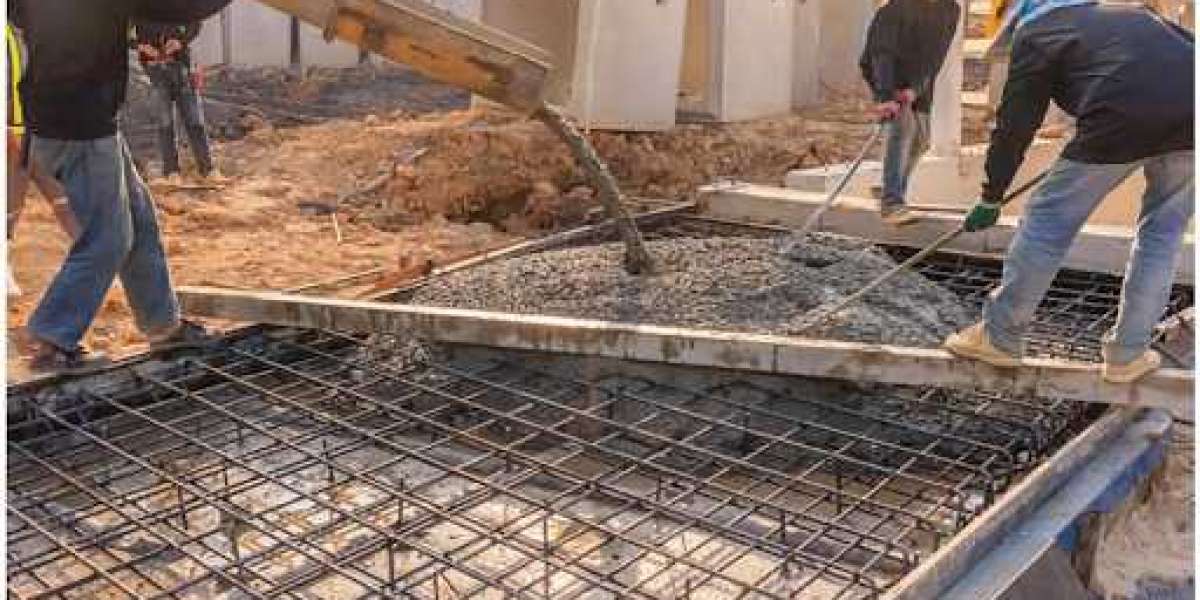How Automation Is Shaping the Future of Tissue Sectioning in 2025
The healthcare and medical research industries are continuously evolving, and one of the most notable trends in 2025 is the automation of tissue sectioning. Tissue sectioning, the process of slicing tissue samples into thin sections for microscopic analysis, is a vital procedure in histopathology, oncology, and clinical diagnostics. Traditionally, tissue sectioning was a highly manual and labor-intensive task that required precision and skill from pathologists and lab technicians. However, advancements in automation technologies are now revolutionizing this process, enabling faster, more accurate, and reproducible results.
In this blog post, we will explore how automation is reshaping tissue sectioning in 2025 and the significant impact it is having on the medical and research fields.
The Traditional Tissue Sectioning Process
Tissue sectioning plays a critical role in the diagnosis of various diseases, particularly cancer, by allowing pathologists to study tissue morphology. The process involves embedding the tissue sample in a medium (such as paraffin), freezing it, and then cutting it into thin sections using a microtome or cryostat. The thin tissue slices are then placed on slides, stained, and analyzed under a microscope.
Traditionally, this process required careful manual intervention. Lab technicians or pathologists would operate the equipment, adjusting settings, ensuring the tissue blocks were perfectly aligned, and inspecting the sections for defects. While this method was effective, it often led to inconsistent results, long turnaround times, and the potential for human error.
The Rise of Automation in Tissue Sectioning
Automation has become a game-changer in tissue sectioning by introducing sophisticated machines that can replicate and improve upon the traditional manual process. Automated tissue sectioning equipment uses robotics, advanced sensors, and artificial intelligence (AI) to streamline various aspects of the tissue sectioning procedure, resulting in faster, more accurate, and reproducible outcomes.
Automated systems can now carry out the embedding, freezing, cutting, and sectioning processes with minimal human intervention, drastically reducing variability and improving efficiency. The integration of automation also ensures that every tissue sample is handled consistently, making it easier to maintain high-quality standards in laboratories.
Key Benefits of Automation in Tissue Sectioning
1. Increased Accuracy and Consistency
One of the primary advantages of automation in tissue sectioning is the ability to produce highly consistent results. Traditional manual sectioning methods are prone to human error, such as inconsistent cutting thickness, slanted tissue slices, or damage to delicate tissue samples. Automated systems eliminate these errors by applying uniform cutting pressure, precise motor control, and advanced algorithms to ensure each section is perfect.
The consistency offered by automated systems ensures that every sample is cut with the same precision, resulting in reliable diagnostic results. This is particularly crucial in fields like cancer diagnostics, where accurate tissue analysis is vital for treatment decisions.
2. Faster Processing Times
Automation significantly reduces the time required for tissue sectioning. With manual processes, tissue preparation, freezing, and cutting could take several hours or even days depending on the number of samples. However, automated systems can handle large volumes of samples in a fraction of the time, making it possible for labs to process more tissue samples in a single day.
This speed is especially beneficial in high-throughput research environments or diagnostic labs where timely results are essential for effective treatment planning. Faster processing also contributes to faster patient turnaround times, allowing for quicker diagnoses and improving patient care.
3. Higher Throughput and Efficiency
In a busy lab environment, increased throughput is essential to meet the growing demand for tissue sectioning. Automation enables labs to process a higher volume of samples simultaneously, making it possible to meet the increasing demand for diagnostic testing without compromising quality. With robotic automation, a single technician can oversee the operation of multiple sectioning machines, increasing efficiency and allowing for 24/7 operations.
This capability also frees up lab personnel to focus on higher-level tasks, such as interpreting results and working on more complex procedures, further increasing overall lab productivity.
4. Reduced Labor Costs
While automated tissue sectioning equipment represents an upfront investment, it can result in long-term savings by reducing the need for a large workforce to perform manual tasks. By automating repetitive and time-consuming procedures, lab technicians can focus on higher-value work, optimizing labor costs.
Additionally, automation helps reduce the risk of errors that could lead to costly rework or diagnostic delays. The efficiency of automated systems means that fewer mistakes occur, leading to reduced costs associated with reprocessing or correcting errors.
The Role of Artificial Intelligence in Automation
In 2025, AI has become a key component of automated tissue sectioning systems. AI-driven software is used to enhance various aspects of the process, including:
Sample analysis: AI can assist in identifying areas of interest in tissue samples, automatically adjusting cutting parameters for optimal results.
Defect detection: AI algorithms can identify issues such as uneven sections, tears, or contamination, alerting technicians to intervene only when necessary.
Predictive maintenance: AI systems can predict when machines need maintenance or calibration, ensuring the equipment operates efficiently and preventing downtime.
By combining robotics with AI, automated tissue sectioning systems are becoming smarter, offering real-time feedback and learning from past data to continually improve performance.
The Future of Tissue Sectioning: What's Next?
As automation continues to evolve, future developments in tissue sectioning may incorporate even more advanced technologies such as machine learning, 3D printing, and nanotechnology. These innovations could lead to even more precise tissue analysis, enabling personalized medicine at a level previously unimaginable.
For example, machine learning could help identify tissue patterns that are invisible to the human eye, allowing for more accurate diagnostics. Similarly, nanotechnology could lead to the development of tissue sectioning tools that can process tissue samples at a cellular or even molecular level, offering unprecedented insight into disease mechanisms.







